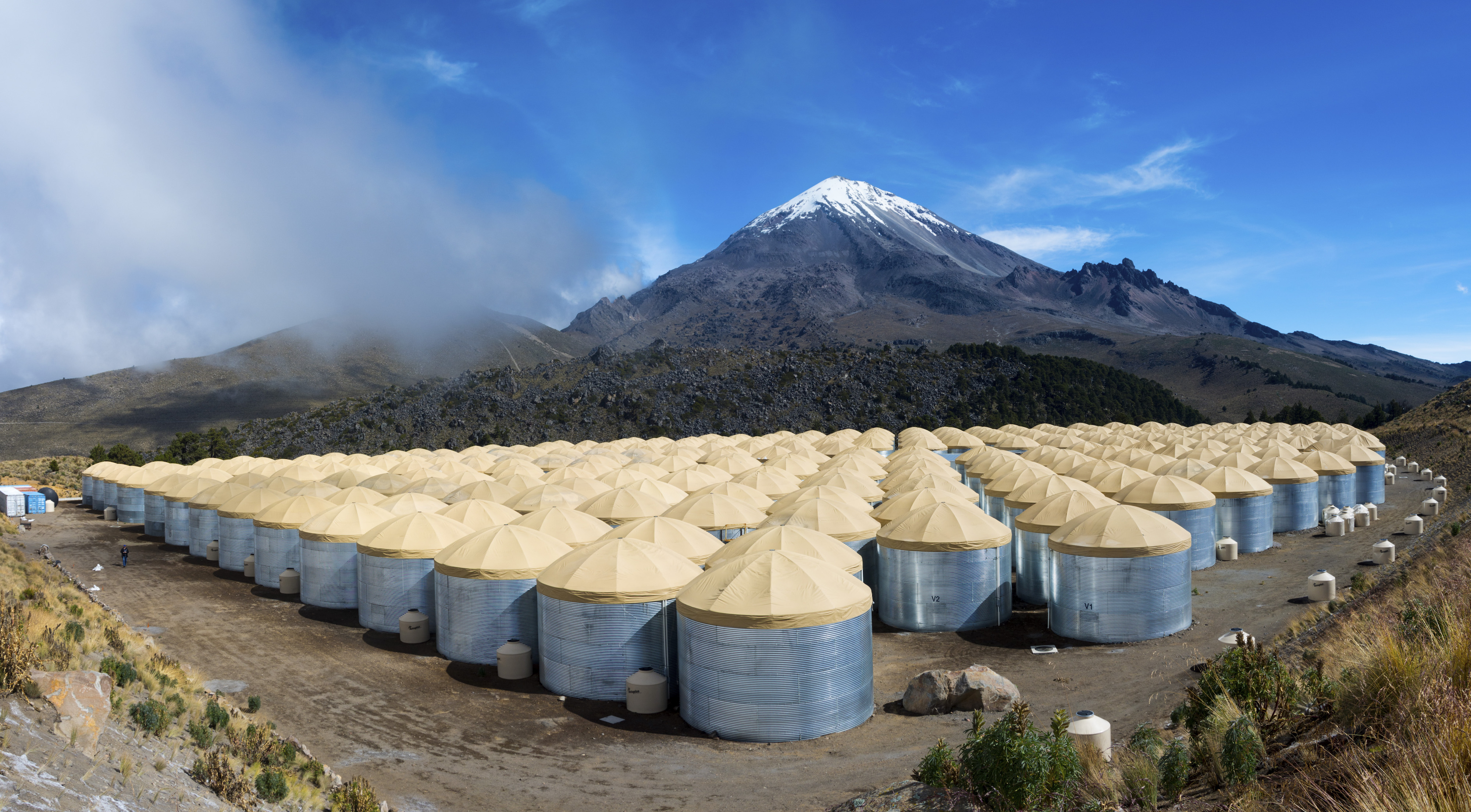Our Group is dedicated to the study of space weather and its impacts on Earth and the near-Earth environment. Space weather refers to the dynamic conditions in the solar wind and Earth's magnetosphere, which can significantly influence satellite operations, navigation systems, power grids, and even human spaceflight. Our research aims to understand the complex interactions between solar activity, cosmic rays, and the Earth's atmospheric and magnetic environment, providing crucial insights for predictive space weather forecasting.
We utilize high-precision observations of Galactic cosmic rays to investigate variations linked to space weather phenomena. Cosmic rays, originating from distant supernovae and other astrophysical sources, are constantly modulated by solar activity and the interplanetary magnetic field. By analyzing these variations, we can gain critical insights into solar disturbances and their propagation through the heliosphere.
Our team leverages cosmic ray data from two key observatories: the High-Altitude Water Cherenkov (HAWC) Observatory and the GRAPES-3 experiment. HAWC is located in Mexico, whereas GRAPES-3 is in India, almost on the opposite side of the globe. Together, these observatories provide comprehensive datasets for studying changes in cosmic ray intensity correlated with solar activity, such as solar flares and coronal mass ejections (CMEs).
By integrating cosmic ray data with solar wind parameters and geomagnetic indices, we develop models for forecasting space weather events. The rapid detection of changes in cosmic ray flux can act as an early warning system for geomagnetic storms, which are known to disrupt satellite communications and power infrastructure.
We analyze the impact of solar wind variations on the intensity of Galactic cosmic rays detected by HAWC and GRAPES-3. These studies help identify and understand the signatures of space weather events like CMEs and interplanetary shocks.
GRAPES-3’s muon telescope provides a unique perspective on high-energy particles. By monitoring the muon intensity, we can identify fluctuations linked to geomagnetic storms and solar energetic particles, providing a deeper understanding of space weather influences.
Utilizing real-time data from cosmic ray observatories, we aim to enhance predictive models for geomagnetic storms. Our approach combines ground-based cosmic ray data with satellite observations, contributing to more accurate forecasts and better preparedness against space weather hazards.
Our research is conducted in collaboration with leading international observatories and space agencies. We work closely with:
 The High-Altitude Water Cherenkov (HAWC) Observatory is a gamma-ray and cosmic-ray observatory located at an altitude of 4,100 meters on the slopes of the Sierra Negra volcano in Mexico. It is specifically designed to observe high-energy gamma rays and cosmic rays by detecting the secondary particles produced when these high-energy particles interact with the Earth's atmosphere. We are making use of this large area detector for space weather analysis.
The High-Altitude Water Cherenkov (HAWC) Observatory is a gamma-ray and cosmic-ray observatory located at an altitude of 4,100 meters on the slopes of the Sierra Negra volcano in Mexico. It is specifically designed to observe high-energy gamma rays and cosmic rays by detecting the secondary particles produced when these high-energy particles interact with the Earth's atmosphere. We are making use of this large area detector for space weather analysis.

GRAPES-3 (Gamma Ray Astronomy PeV EnergieS phase-3) is a cosmic ray observatory located at the Cosmic Ray Laboratory in Ooty, India. It is an important ground-based facility focused on studying high-energy cosmic rays, gamma rays, and space weather phenomena. We are using data from the muon telescope as part of GRAPES-3 for space weather analysis.
To enhance real-time monitoring and forecasting capabilities using cosmic ray data.
Understanding space weather is crucial for mitigating its effects on modern technology and infrastructure. Our analysis of cosmic ray observations from HAWC and GRAPES-3 helps provide a better understanding of the heliospheric environment and its interactions with Earth's magnetosphere. By improving our predictive capabilities, we contribute to safeguarding critical systems that society relies on, from global communication networks to navigation systems and power grids.
For more information about our research or to collaborate with us, please get in touch with our team. We welcome inquiries from academic institutions, industry partners, and space weather enthusiasts.
Email: arunbabu@cusat.ac.in